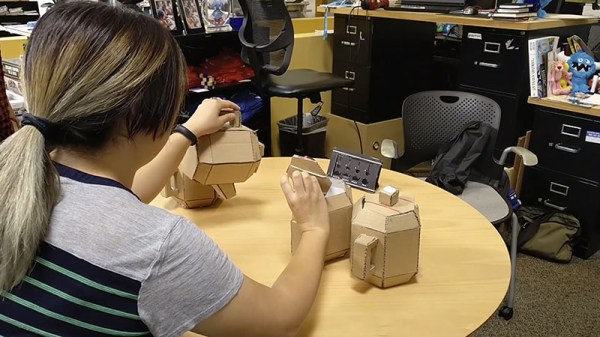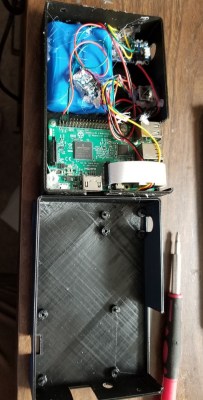Cardboard is one of the easiest ways to build something physical, far easier than the 3D printing and laser cutting we usually write about here. So when Nintendo released their Labo line of cardboard accessories, it doesn’t take a genius to predict the official product would be followed by a ton of user creations. Nintendo were smart enough to provide not only an internet forum for this creativity to gather, they also hold contests to highlight some of the best works.
The most impressive projects in the winner’s circle combined the one-of-a-kind cardboard creations with custom software written using Toy-Con Garage, the visual software development environment built into the Nintendo Switch console. Access to the garage is granted after a user runs through Nintendo Labo’s “Discover” activities, which walk the user behind the scenes of how their purchased Labo accessories work. This learning and discovery process thus also serves as an introductory programming tutorial, teaching its user how to create software to light up their custom cardboard creations.
It’s pretty cool that Nintendo opened up a bit of the mechanism behind Labo activities for users to create their own, but this is only a tiny subset of Nintendo Switch functionality. We have different hacks for different folks. Some of us enjoy reverse engineering details of how those little Joy-Cons work. Others hack up something to avoid a game puzzle that’s more frustrating than fun. And then there are those who are not satisfied until they have broken completely outside the sandbox.
[via Engadget]
Continue reading “Thinking Inside The (Cardboard) Box With Nintendo Labo Hacks”















